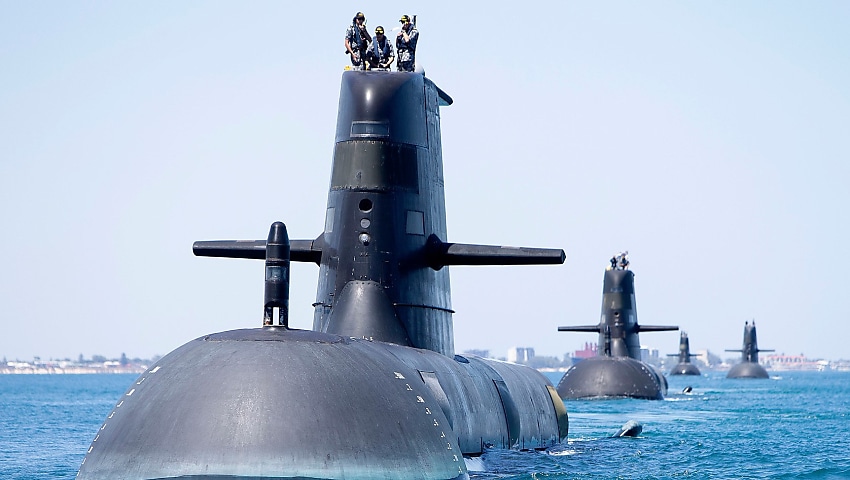The lifetime extension of the Royal Australian Navy’s Collins Class submarine fleet will be determined by the federal government and an independent expert advisory panel.
An independent assurance activity will be led by Naval Shipbuilding Expert Advisory Panel member Gloria Valdez, conducting the review and preparing a classified report scheduled to be delivered to the Australian government in the second quarter of 2024.
That report would cover Defence and industry’s current preparedness for the life-of-type extension of the Collins Class submarine fleet, as the nation transitions to conventionally armed, nuclear-powered submarines under the AUKUS agreement.
“The Collins Class submarines remain one of the most capable conventionally powered submarines in the world,” according to Minister for Defence Industry Pat Conroy.
“The life-of-type extension of the Collins Class is essential to the maintenance of Australia’s submarine capability as we transition from conventional to nuclear-powered submarines.
“This independent assurance activity seeks to ensure the life-of-type extension is delivered in the most effective and efficient manner, guaranteeing Australia retains an enduring, potent, and agile submarine capability.”
The assurance activity will not delay any of the vital work that Defence and industry are continuing to deliver to sustain and extend the life of the Collins Class fleet, according to Defence.
Collins Class guided missile, diesel-electric submarines were originally commissioned in the late 1990s and early 2000s. Each boat has been named after a distinguished former member of the RAN, including HMAS Collins (S73), HMAS Dechaineux (S76), HMAS Farncomb (S74), HMAS Rankin (S78), HMAS Sheean (S77), and HMAS Waller (S75). Submarines are based at Fleet Base West in Western Australia.
Each boat was primarily designed for defence using direct weapons and ocean surveillance missions using onboard sensors. They are also armed with McDonnell Douglas Sub Harpoon Block 1B active radar homing missiles and wire-guided, active/passive homing torpedoes.
Australia is already on the path to replace Collins Class submarines with conventionally armed, nuclear-powered submarines after the AUKUS joint-announcement made earlier this year between the United Kingdom, the United States of America, and Australia.
The first SSN-AUKUS is scheduled for delivery from the UK to the UK’s Royal Navy in the late 2030s, with the first domestically constructed SSN-AUKUS delivered from the Commonwealth to the Royal Australian Navy in the early 2040s.
In the meantime, plans continue for the United States to sell Australia nuclear-powered and conventionally armed Virginia Class submarines in the early 2030s with the deal pending congressional approval.






